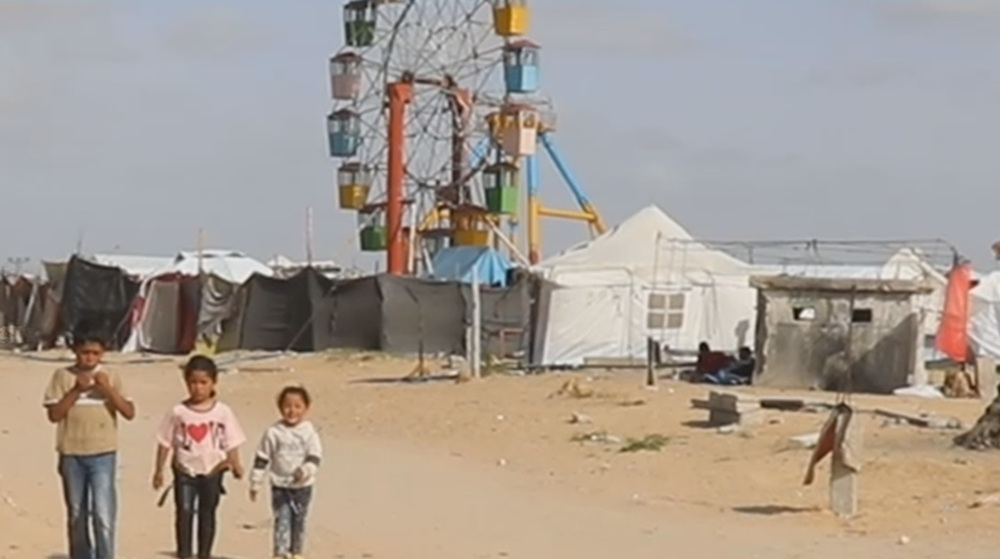Activists discuss restoration of wetlands in Iran
Hamid Javani
Press TV, Ramsar
A wetland, filled with water. A big source of bio-diversity. These valuable sources of life are in serious condition in some parts of Iran.
Lake Hamoun for example in southeast of the country, is struggling with numerous challenges such as reduced precipitation, over exploitation of pastures and mismanagement of water resources.
Drying up of Lake Hour al-Azim in Khouzestan province, is said to be one of the most influential reasons for the recent massive dust storm which swept the southeastern regions of the country.
In line with Iranian government's policies to step up the efforts to revive and preserve the environment, members of the Ramsar Convention on Wetlands attended a meeting in the northern city of Ramsar.
The convention is an inter-governmental treaty for the conservation and wise use if wetlands and the parties meet every three years to make collective decisions to improve their management.
According to officials, Iran is facing a serious drought and is already suffering from the impacts of climate change. Iran's Head of Department of Environment has noted that the government is taking robust steps to preserve the water rights of wetlands and rivers. She also said the current condition has been created by improper management of water resources.
Signed in 1971, Ramsar Convention started with only 16 countries and now it has 168 member states. According to UN Development Program officials, what the convention taught in 1971 was not as significant as it is now.
Officials say the pioneering works that Iran has done with respect to all the environmental challenges it has been facing, can be helpful for other countries in the central and west Asia region in moving forward to conserving marshes.

Rome demo slams EU for complicity in Israel's genocide in Gaza

Nigerian Islamic movement demands accountability for fatal attack on Quds Day protesters

'Israeli regime is depriving us of all celebrations'
VIDEO | Rome demo slams EU for complicity in Israel's genocide in Gaza
VIDEO | Nigerian Islamic movement demands accountability for fatal attack on Quds Day protesters
VIDEO | 'Israeli regime is depriving us of all celebrations'
Former female Israeli captive raped by famous Israeli fitness trainer: Reports
Hamas agrees to proposal on national unity government; vows weapons are resistance’s ‘redline’
Iran a central supporter of Palestinian cause; Israel a demonic entity feeding off US: Hezbollah
Quds Day rally organizers, participants in Kashmir booked under draconian law
VIDEO | US crackdown on pro-Palestinian voices






 This makes it easy to access the Press TV website
This makes it easy to access the Press TV website